KEF LSX Wireless Music System Review
KEF LSX Wireless Music System Review
Can KEF repeat the success of its LS50 Wireless system with the even more compact LSX?
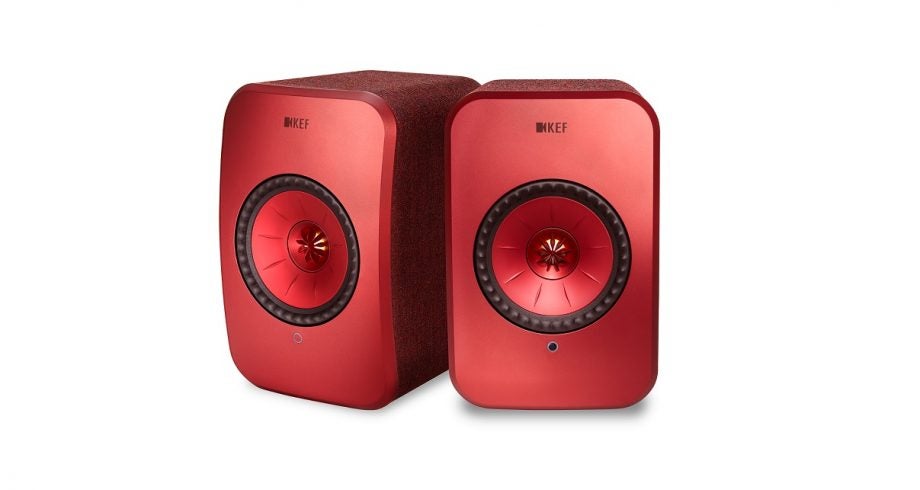
Verdict
As a famous Scotsman once said, you cannot change the laws of physics. By the standards of very compact boxes fitted with very small drivers, the LSX does impressive work. If you're after authentic hi-fi sound with wireless convenience from a small and covetable system then don’t look any further.
Pros
- Good build and finish in a number of colours
- Great wireless stability
- Excellent sound from any number of sources
Cons
- Short of outright scale and dynamism
- More apps than should be necessary
Key Specifications
- Review Price: £999
- aptX Bluetooth
- Hi-res audio
- Uni-Q drivers
- Numerous finishes
I’m hardly alone in admiring KEF’s outstanding LS50 Wireless stereo-speakers-cum-entire-wireless-system. Ever since its launch in 2016, reviewers have been queuing up to pay homage and customers to pay the £2k asking price. In hi-fi terms, the LS50 Wireless is a classic-in-waiting.
Any brand with such an unequivocal hit on its hands might be expected to leave well enough alone. But not every manufacturer is as intrepid as KEF. Consequently, KEF delivers the LSX, which is similar to the LS50 Wireless but smaller, with a little less functionality – and, therefore, far less punishing on your wallet.
Can lightning strike twice? Does halving the price, cutting into the features and shrinking the cabinets make LSX a pale imitation of LS50W, or does it demand to be judged on its own terms?
KEF LSX design – Compact size opens up use as desktop system
- Features KEF’s Uni-Q driver array
- Solid build quality
- Kvadrat fabric adds a premium feel
There’s something weirdly gratifying about scale models. As such, the LSX can’t help but look cute, even if demands to be considered a very serious and grown-up bit of cutting-edge hi-fi.
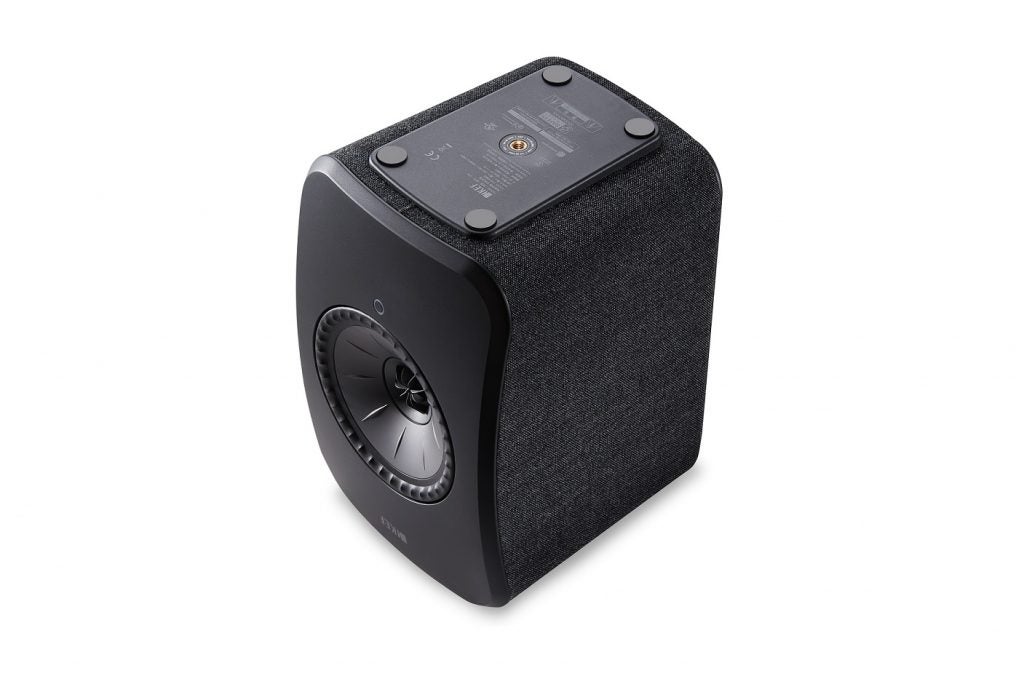
At just 24cm x 16cm x 18cm, the LSX is smaller than most full-range speakers and, in fact, is probably compact enough to warrant consideration as a desktop system. The driver array – which is KEF’s handsome and effective Uni-Q arrangement – consists of a 19mm tweeter lodged in the throat of an 11.5cm mid/bass driver. The units are positioned in a curved front baffle (in the manner of KEF’s other LS loudspeakers), designed to drive sound pressure variations out of, rather than back into, the cabinet.
Getting the price down to a figure meaningfully smaller than the £2k of the LS50W has meant more economies than simply those of scale, though. The LSX is built from plastic, which looks rather prosaic and appears a bit penny-pinching on paper. However, in practice it works extremely well and manages to be quite tactile and good-looking too.
The perceived value of LSX is helped no end by KEF’s decision to wrap each speaker in durable, elegant Kvadrat fabric – emphatically not a cost-saving decision. The cloth is coordinated to match each of the different LSX finishes (blue, black, olive green and red), except the gloss white unit; gloss white is gloss white all over. Whether you want LSX on your desktop or front-and-centre in your main listening room, there should be a finish to suit you.
KEF LSX features – Lots of versatility
- Class D amplification
- Can handle files up to 24-bit/192kHz
- Two apps required for operation
Just because the LSX’s feature count is down on the LS50W, in no way is it lacking versatility. Ordinarily I’m not one for tick-boxes, but in this instance it’s probably easiest to just check off some of LSX’s highlights.
You can get music files into LSX using wired Ethernet or dual-band Wi-Fi via Spotify, Tidal and DLNA. There’s a 3.5mm analogue input on the “master” speaker (the one with the majority of the connections) alongside a digital optical input, and aptX Bluetooth is on the menu too. From early next year, you can add Apple AirPlay 2 to that list.
LSX is capable of handling digital information up to 24bit/192kHz, but will need to downscale to 24bit/96kHz if the speakers are connected to each other using the supplied ethernet cable, or 24bit/48kHz if they’re connected wirelessly. At least you have the option of paring the wire-count down to a minimum, though – LS50W must be connected to each other.
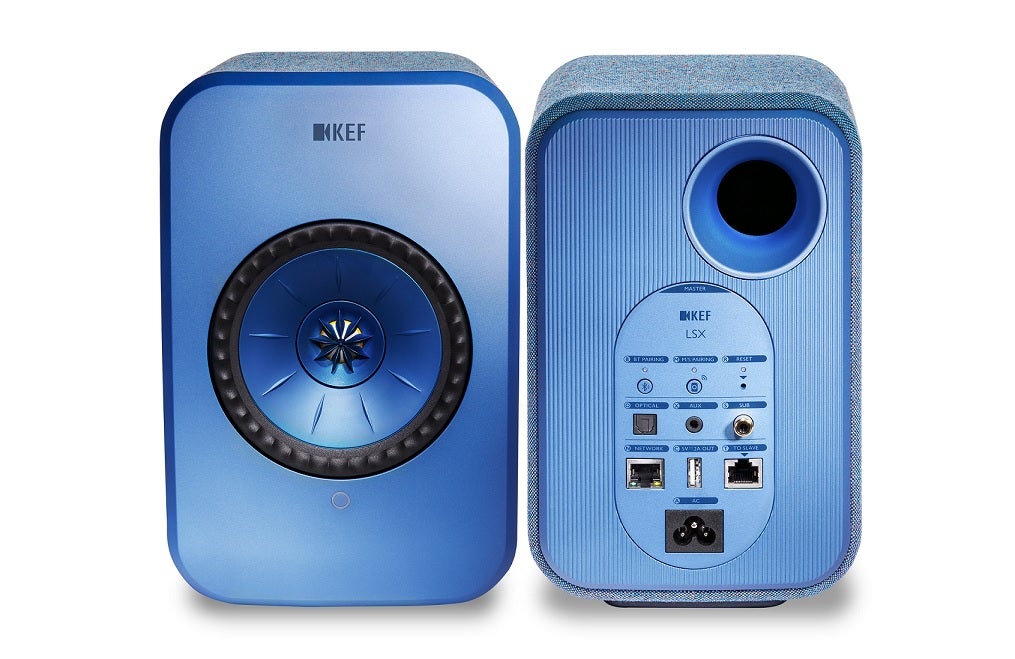
Of course, LSX isn’t entirely wireless. These are active loudspeakers, with discrete amplification for each driver. As such, each LSX must be plugged into the mains. Powered up, each LSX tweeter is served by 30 watts of power, while each mid/bass driver receives 70 watts. That’s an all-in total of 200 watts, which isn’t all that shabby by the standards of (relatively) affordable all-in-one systems.
That power is all class D amplification, which it’s safe to say is no audio engineer’s default choice. In this application it makes perfect sense, however: it’s compact, it’s affordable, and it runs fairly cool – so LSX doesn’t need the hefty heatsinks that appear in the LS50W. At a stroke KEF achieves a cost saving, an aesthetic upgrade and an engineering efficiency. Result.
The control interface for LSX is a slightly more qualified success. There’s a fairly mundane remote control in the box. It’s functional enough, but lacks the pizzazz and/or desirability of the LSX itself, and there’s also a couple of control apps. Why there needs to be two (KEF Control for setup, source selection and EQs; KEF Stream for streaming from DLNA, Spotify and Tidal) when everyone else in this market manages with just the one is beyond me.
KEF LSX sound quality – Authentic hi-fi sound with wireless convenience
- Excellent integration across frequency range
- Excellent timing
- Short of outright scale
On one hand, I’m inclined to judge LSX against an amplifier/speakers combination (with a wireless element) costing around a grand – even though, as a system, it will be altogether less convenient and more ungainly than LSX.
Perhaps a unit such as Naim’s wildly successful Mu-So (sleekly desirable, high-performance wireless modernity at around £1k) is a more appropriate comparison. Then again, the Naim is a single unit with all the presentational compromises that brings.
No, on its own terms LSX is number one in a field of one. Active speakers featuring wireless hi-res capability from multiple sources, small enough to form a stereo pair more-or-less anywhere there’s mains power, are pretty thin on the ground.
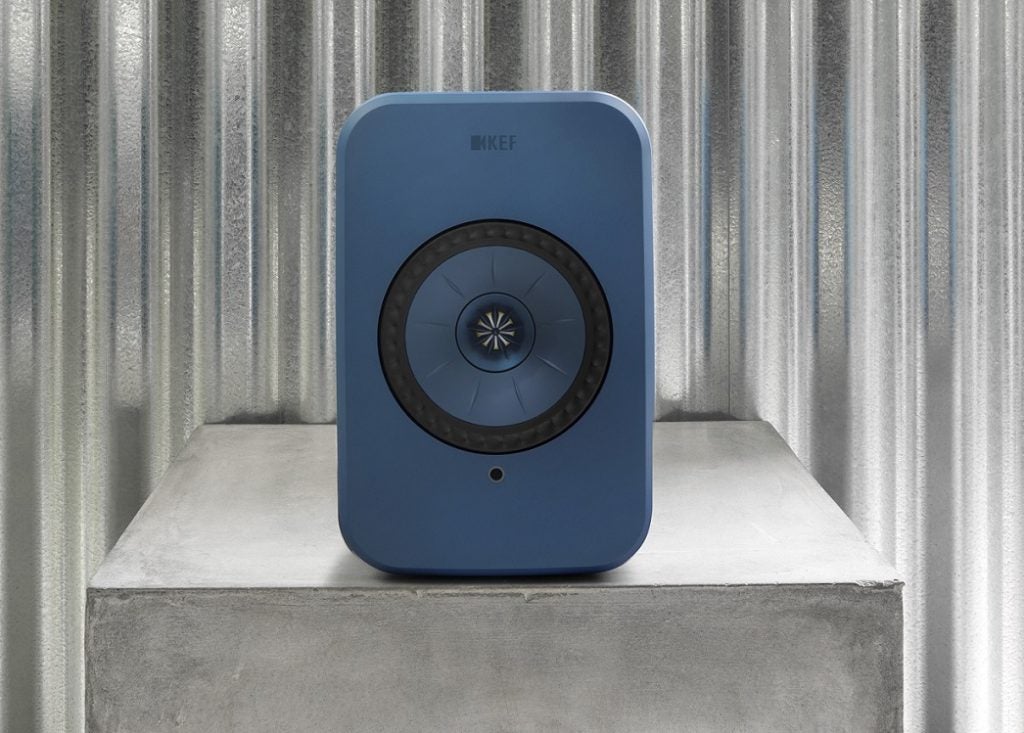
No matter the criteria, though, there’s just no arguing with the way LSX performs. It’s simple to set up – multiple apps notwithstanding – and when fed a 24bit/192kHz file of Mazzy Star’s “Fade Into You” (downscaled to 24bit/48kHz, naturally – I like to keep the wire count to a bare minimum) it does a fine impersonation of a full-sized hi-fi system.
Integration from the bottom of the frequency range to the top is excellent – no area sticks out, even though the mid-range – which is effortlessly communicative with the nuance of singers – is worthy particular mention.
Low frequencies are low enough – there’s a subwoofer pre-out on the “master” speaker for those who don’t care what the neighbours think – and treble sounds are reasonably crisp. KEF has struck a sensible balance with the tonality of LSX: it has reasonable levels of attack, but never threatens to run away with itself or lose control.
At every point there’s very acceptable levels of detail, and decent insight into textures of the bass guitar. The wilfully breathy vocal is loaded with information, too, and the performance as a whole takes place on a stage that’s wide and well defined.
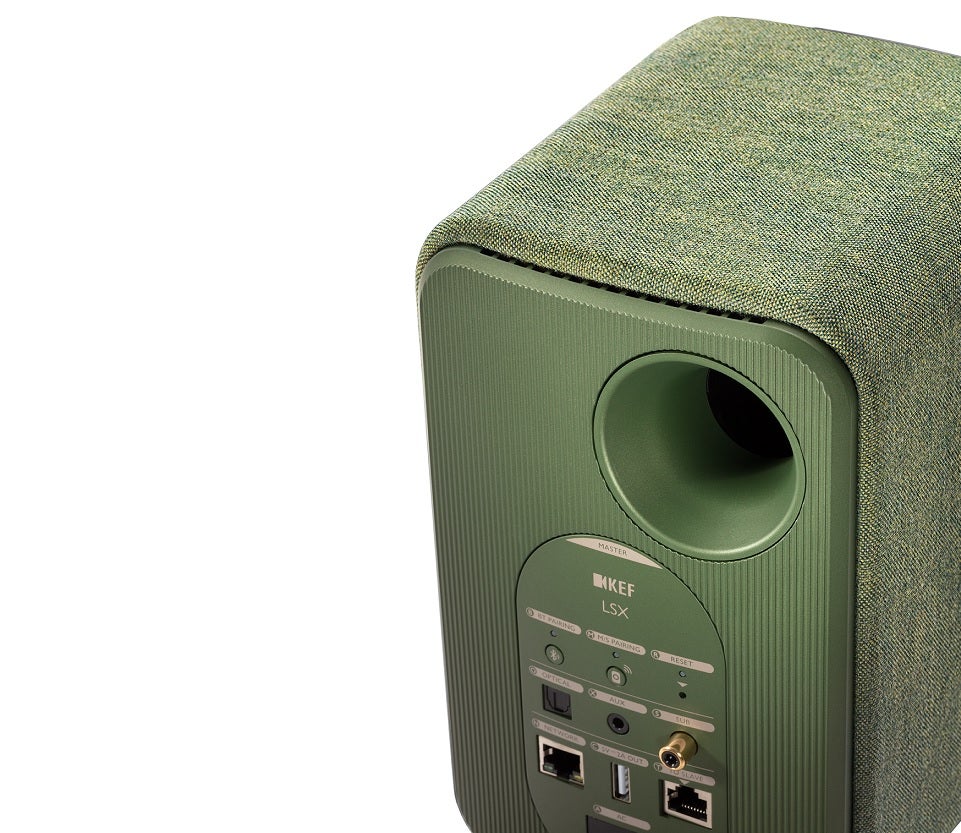
Moving down a notch or two in audio quality with a 16bit/44.1kHz CD-standard file of “Small Memory” by Jon Hopkins brings the expected drop-off in detail resolution, but what it doesn’t do is prevent the LSX from being a thoroughly enjoyable and entertaining listen.
It’s also a very useful demonstration of just how accomplished KEF Uni-Q technology is: timing and integration of the tune could put many more expensive alternatives to shame. The gains in focus are obvious from just a brief listen; having such a tight point-source of music results in a very unified and convincing sound.
Of course, there are compromises. Apart from a slight lack of low-end authority (the subwoofer pre-out admits as much), the LSX doesn’t have the ability to deliver convincing scale. A full-scale symphony orchestra in out-and-out attack mode (Dmitri Shostakovich’s “Symphony No. 8 in C Minor”, for example) highlights the KEF’s shortage of dynamism and scale.
You should buy the KEF LSX if…
-
You want space-saving hi-fi convenience
The case LSX makes for itself is pretty compelling: small enough to remain discreet, but colourful and decorative enough to be a feature, with ample functionality and sufficient audio quality to make £1k spent on a more traditional stereo system sound wanting.
You shouldn’t buy the KEF LSX if…
-
You want more size and scale
The product most likely to turn your head if you’re considering the LSX in Naim’s Mu-So 2. In some ways, it makes an even more compelling case than LSX – anyone who’s used its gloriously tactile oversized control dial will know what I mean. But despite its luxurious build quality and aspirational aesthetic Mu-So is a single enclosure, so, try as it might, it can’t deliver as convincing a stereo image as LSX – and, ultimately, is less worthy of the description “hi-fi”.


